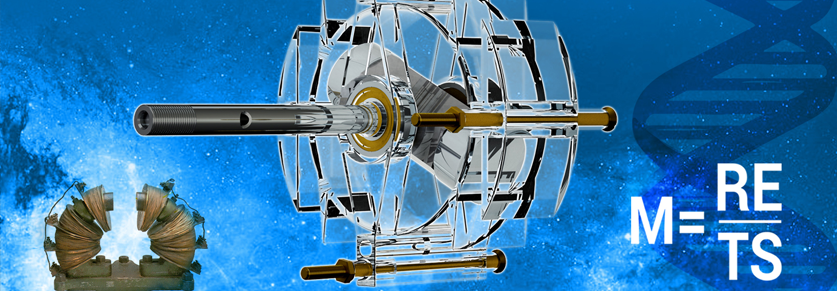The traditional pillars of physics are Einstein’s Relativity and the Quantum Physics of Planck, Bohr, Heisenberg and others. According to these theories, matter and energy are equivalent (E=mc2), and the latter has its origin in material particles. Therefore, when thinking about energy, one first thinks of some material element (solid, liquid or gas) from which energy could be extracted.
Departing from studies on Greek metaphysics, Keppe points out a deviation which Aristotle made when he formulated metaphysics, the science used as the basis for our modern sciences, especially physics which has been affected and harmed the most. According to Keppe, Aristotle formulated an incorrect, inverted metaphysical principle when he stated that “action would result from the potential”. This metaphysical-philosophical language can be translated into language of modern science as the “energy (action) comes from matter (potential)”, or the “energy coming from the difference of potentials”, as Aristotle identifies potential as matter.
As if that wasn’t enough, Aristotle also deviated the study of atomism with his hylomorphism, a philosophical doctrine which establishes the duplicity of the substance by introducing the erroneous notion (according to Keppe) that matter and form are two distinct elements of the same substance. This thinking led to the idea that matter and energy would be two distinct elements and always present. This thought was then materialized with Albert Einstein in his famous theory of relativity of 1905, and expressed mathematically in the famous equation E=mc2, known as the equivalence between matter and energy.
The relativistic interpretation of the “energy is radiating matter and matter is condensed energy” expresses very well the absolute materialism brought by Einstein and the mistaken belief that energy comes from matter.
However, Keppe, studying the works of great inventor Nikola Tesla – father of alternating current and the induction motors (the most used today) – realized that this great scientist had provided many major worthwhile inventions based on the idea that the vacuum, which corresponds to total absence of matter is made of energy. Tesla used the technology of the resonance of special electromagnetic waves, which he called “electromagnetic longitudinal waves”. Some non-orthodox branches of physics call this vacuum energy “scalar energy”, a term referring to a “non-vector” form of energy, i.e., not originated from a time-space dimension and therefore not definable by the parameters of time and space as are potential and kinetics energies.
Based on his findings in metaphysics and Tesla, Keppe developed his work on new principles which physical science should use as guidance for new technology from here forward.
Keppe then concluded that:
1) Matter comes from energy and both are not equivalent. Energy (scalar of Tesla, or essential of Keppe) is hierarchically superior and always exists where there is matter (particles), but there may or may not always be matter where there is energy. Matter simply captures essential energy and releases secondary energy according to the resonance of its internal structure.
2) There is only one substance, Essential Energy (the Keppean term for Tesla’s electromagnetic longitudinal waves), which is transcendent (non-material, non-temporal, and non-spatial) and produces matter through the phenomenon of resonance. For Keppe, matter is a resonance of Essential Energy trapped in time and space.
3) Energy sensed by human beings and detectable by instruments is not essential. This energy corresponds to by-products of Essential Energy (primary energy). This implies that technology based on achieving movement through the difference of potentials of secondary energies (gravity, electromagnetism, etc.) can be substituted by a technology which directly captures primary energy (essential energy) through the phenomenon of resonance of a secondary energy such as the electromagnetism, for instance.
4) Essential energy has two components: action and complementation, which correspond to the two directions of resonance. This is where Keppe draws the concept of “Pure Potential”, corresponding to the idea that the difference in potentials in physics causes accelerated entropy in the system due to the use of energy in only one direction. When the system is in resonance, entropy is minimized and efficiency maximized, precisely because the system will benefit from the two complementary components of action and complementation. The pure potential can be seen as a vortex caused by the resonance of the system where essential energy flows.

